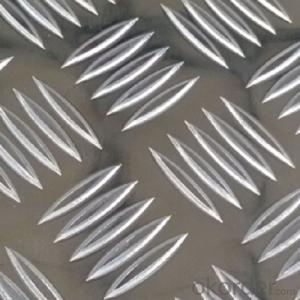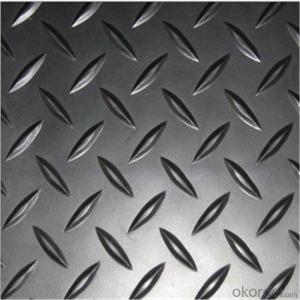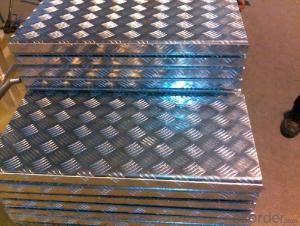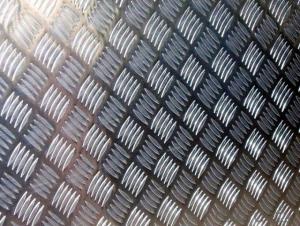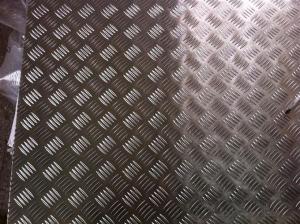Aluminum Tread Plate Patterns
Aluminum Tread Plate Patterns Related Searches
Led Light Bulbs For Ceiling Fixtures Led Lamps For Ceiling 42 In Ceiling Fan With Light Aluminum Coil Stock For Gutters Aluminum Foil For The Grill Hole Saw For Aluminum Plate Aluminum Tread Plate For Trailer Bow Plate For Aluminum Boat Aluminum Foil For Grow Room Aluminum Foil For Joint PainHot Searches
Stock Price For Aluminum Aluminum Coil Stock For Sale Aluminum Gutter Coil For Sale Used Aluminum Scaffolding For Sale 1/4 Aluminum Plate For Sale Aluminum Bar Stock For Sale Aluminum Round Stock For Sale Aluminum Diamond Plate For Sale Aluminum Scaffolding For Sale Craigslist 6061 Aluminum Plate For Sale Aluminum Dock Plate For Sale 7075 Aluminum Plate For Sale Aluminum Tread Plate For Sale Aluminum Checker Plate For Sale Aluminum Plate For Sale Near Me Plate Aluminum For Sale Aluminum Plate For Sale Aluminum Square Stock For Sale Aluminum Flat Stock For Sale Billet Aluminum Stock For SaleAluminum Tread Plate Patterns Supplier & Manufacturer from China
Okorder.com is a professional Aluminum Tread Plate Patterns supplier & manufacturer, offers integrated one-stop services including real-time quoting and online cargo tracking. We are funded by CNBM Group, a Fortune 500 enterprise and the largest Aluminum Tread Plate Patterns firm in China.Hot Products
FAQ
- Medical equipment can indeed utilize aluminum sheets. Aluminum, a lightweight and durable metal, is highly resistant to corrosion, making it a popular choice in the manufacturing of medical equipment. Surgical instruments, diagnostic tools, and patient monitoring systems all benefit from the use of aluminum. The malleability of aluminum sheets allows for the creation of intricate designs in medical equipment fabrication. Furthermore, aluminum is non-toxic and non-magnetic, both of which are crucial qualities in medical environments. Its ability to withstand sterilization processes, like autoclaving, only adds to its suitability for medical equipment. Overall, aluminum sheets prove to be a dependable and adaptable material for the production of medical equipment.
- Hi, I'm new here. Yoroshigu.I'm trying to make flash paper for magic tricks.To do that I have to make flash powder but in my location I can hardly find ingredients. Not to think about buying. Usually, I wait for a season and buy firecrackers. Then, I take the power and soak them into the paper and dry. This works but not so flash. Burned more likely.So, I wonder if I take aluminium oxide from aluminium oxide sandpaper and mix with powder from firecracker would produce a brighter flash than firecracker power alone?anyone know please share.
- Flash paper is not made with flash powder. Flash paper is paper that's been nitrated. The easiest way to make it is to get some nitrocellulose, pour it onto a sheet of glass or other flat surface, wait for it to dry and then scrape it off. It'll dry into a thin sheet that you can light and it'll burn just like flash paper. I do not suggest making flash powder. It's both friction and static sensitive and even a small unconfined amount can blow off your fingers. It's really not worth it.
- Yes, aluminum sheets can be used for wall cladding. Aluminum is a popular choice for cladding materials due to its lightweight nature, durability, and corrosion resistance. It is commonly used in commercial and residential buildings for wall cladding as it provides an attractive and modern aesthetic to the exterior of a structure. Aluminum sheets can be easily formed and fabricated into various shapes and sizes, allowing for flexibility in design. Additionally, aluminum cladding is low maintenance, requiring minimal cleaning and upkeep. Overall, aluminum sheets are a versatile and practical choice for wall cladding.
- Yes, aluminum sheets are suitable for HVAC ductwork. Aluminum is a lightweight and durable material that is resistant to corrosion, making it an ideal choice for ductwork systems. Additionally, aluminum sheets can be easily shaped and fabricated to meet specific design requirements, making them a popular choice in the HVAC industry.
- Aluminum sheets can be perforated using a variety of methods, each with its own advantages and applications. The most common methods include: 1. Punching: Traditional and cost-effective, punching involves using a punch and die set to create holes in the aluminum. This method is efficient for simple hole patterns and is commonly used in the automotive and construction industries. 2. Laser cutting: Precise and versatile, laser cutting uses a high-powered laser beam to vaporize or melt the metal, creating intricate and complex hole patterns. It is highly accurate and fast, suitable for decorative and functional perforations. 3. Waterjet cutting: Another popular method, waterjet cutting uses a jet of high-pressure water mixed with abrasive materials to erode the metal and create holes. It is known for its ability to cut through thick aluminum sheets and produce clean edges. Commonly used in aerospace and architecture. 4. Rotary perforating: This method involves using a rotating cylindrical tool with sharp blades or teeth to perforate the aluminum. It is ideal for continuous perforations or patterns with curved or irregular hole shapes. Commonly used in filtration systems and acoustic panels. 5. Pressing: Also known as embossing or stamping, pressing involves pressing a patterned die into the aluminum to create raised or sunken areas. These areas can act as perforations, providing aesthetic appeal or functional applications. Hydraulic or mechanical presses are used, commonly in architecture and interior design. It's important to consider factors such as desired hole pattern, material thickness, production volume, and budget when choosing a perforation method. Consulting with a perforation specialist can help determine the most suitable method for a specific application.
- Indeed, specific anti-corrosion properties are possessed by 101 aluminum sheets. When exposed to oxygen, aluminum naturally forms a protective oxide layer on its surface, which acts as a barrier against corrosion. This oxide layer, also referred to as aluminum oxide, exhibits a high resistance to both rust and corrosion. Moreover, the corrosion resistance of 101 aluminum sheets is further enhanced by the addition of small amounts of iron and silicon to the alloy. These sheets are frequently utilized in applications where corrosion resistance is of utmost importance, such as in marine environments, chemical processing plants, and outdoor structures. Nevertheless, it is crucial to acknowledge that although aluminum is highly resistant to corrosion, it can still be susceptible to certain types of corrosion under specific conditions, such as pitting corrosion in chloride-rich environments. Therefore, proper care and maintenance should still be practiced to ensure the durability and effectiveness of 101 aluminum sheets in preventing corrosion.
- Custom colors can indeed be applied to aluminum sheets through the process of anodizing. Anodizing involves the application of an electrochemical procedure that adds a protective oxide layer to the aluminum's surface, thereby enhancing its durability and resistance to corrosion. In this process, the aluminum sheet is submerged in an electrolytic solution while an electrical current is passed through it. This induces a controlled oxidation of the aluminum's surface, leading to the formation of a porous layer that can be colored with dyes to achieve desired shades and hues. By carefully selecting the appropriate dye, a wide array of custom color options can be achieved. Moreover, anodized aluminum sheets offer versatility as they can undergo additional treatments like laser engraving or printing to create distinctive designs and patterns. Therefore, they are highly suitable for a diverse range of applications in industries such as architecture, automotive, and electronics.






